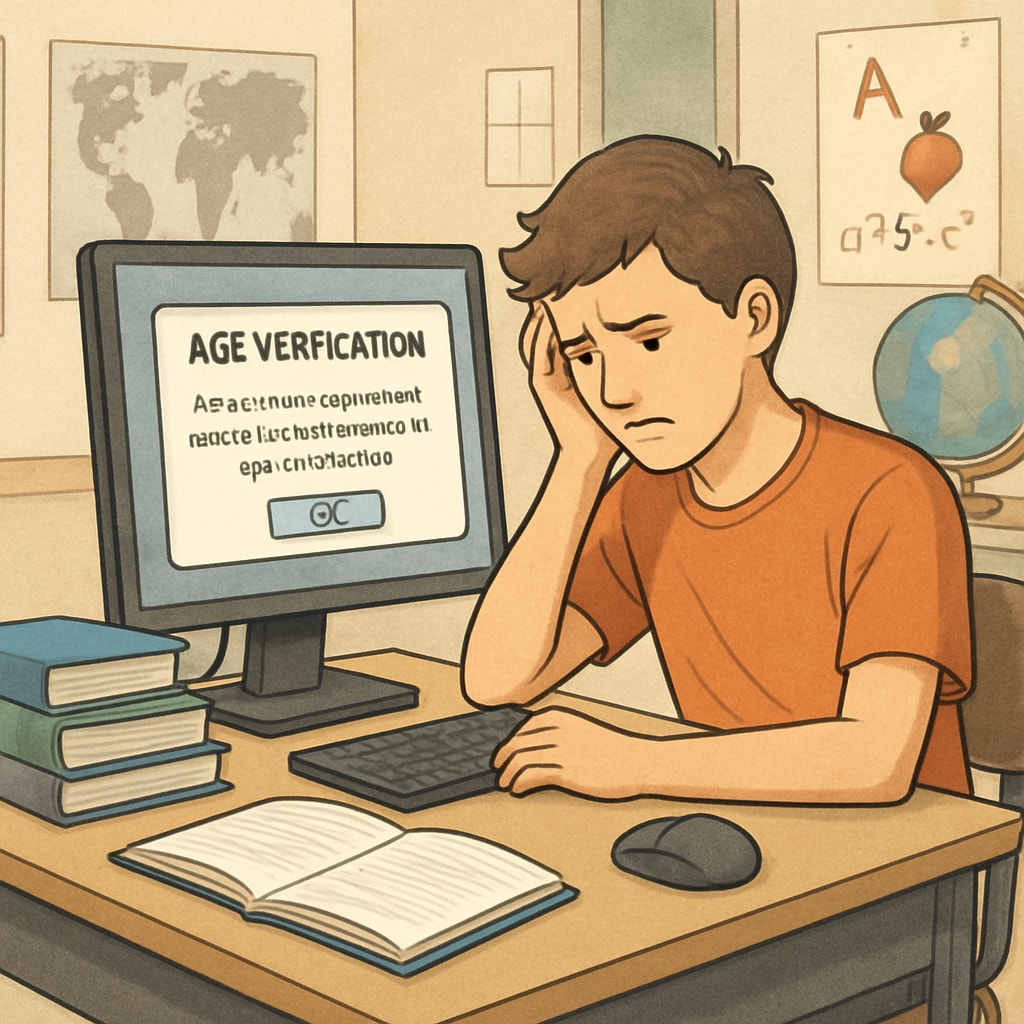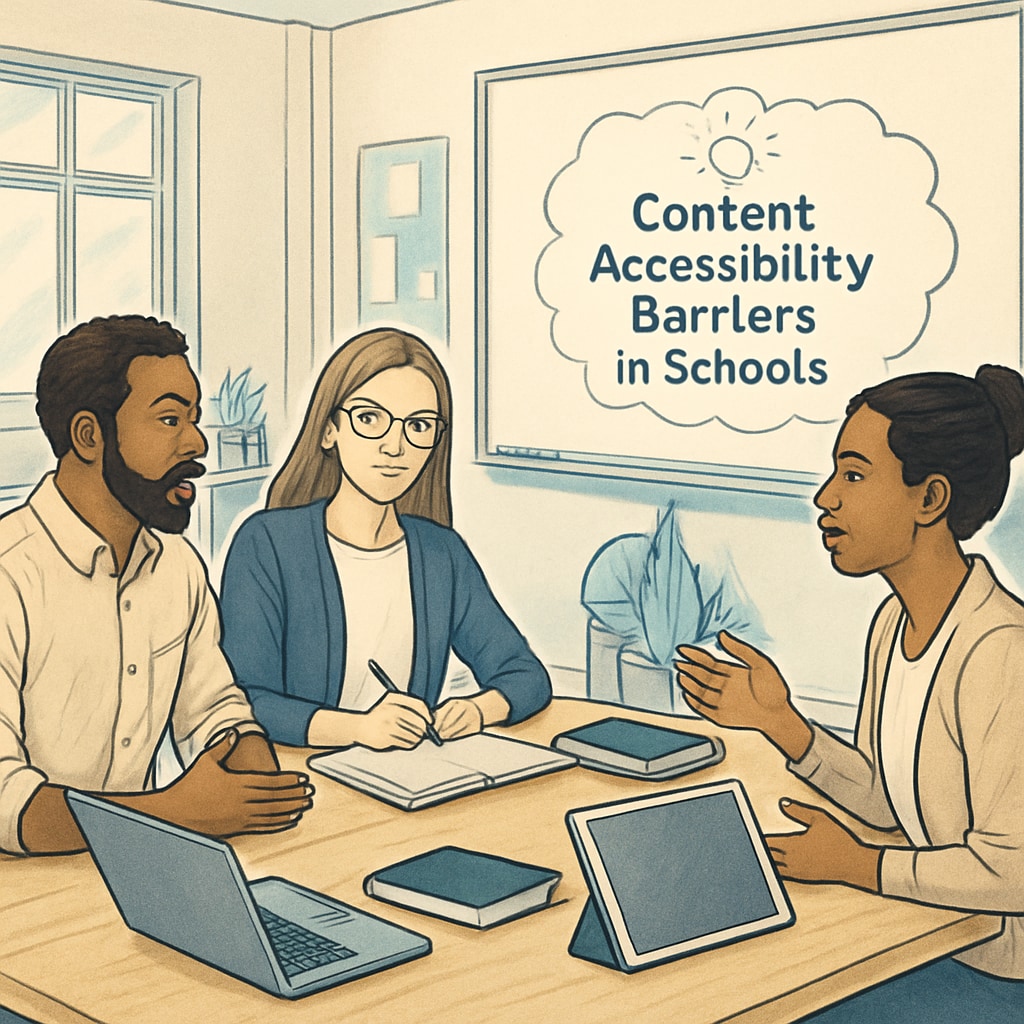Age verification laws, website regulations, and content restrictions are becoming increasingly prevalent across U.S. states, aiming to protect minors from inappropriate online materials. However, these laws are inadvertently creating barriers for K-12 students in accessing essential educational resources. From restricted websites to delayed approvals for age-sensitive content, the impact on learning environments is significant and multifaceted. This article delves into the implications of these regulations and provides insights into potential solutions for educators navigating this digital challenge.
The Rise of Age Verification Laws in the U.S.
Age verification laws have gained momentum in recent years as states attempt to curb minors’ exposure to harmful online content. These laws often require websites to implement stringent measures, such as verifying users’ ages through government-issued IDs or other documentation, before granting access to certain materials.
While the intention behind these regulations is to protect children, their application has far-reaching consequences for educational platforms. Many websites hosting learning resources—such as historical archives, literature repositories, and science databases—are now subject to the same restrictions as entertainment sites, leading to accessibility issues for students and teachers alike.

How Website Regulations Affect K-12 Education
The ripple effects of these laws are being felt in classrooms across the country. Key challenges include:
- Restricted Access: Educational websites containing age-sensitive content, such as topics on human biology, history, or social studies, may be blocked or require cumbersome verification processes.
- Administrative Delays: School administrators are often tasked with navigating compliance issues, delaying the approval of critical resources.
- Unequal Access: Students from lower-income families or without access to identification documents may face additional barriers to learning.
As a result, the very tools designed to foster educational growth are becoming harder to reach under these regulations.
Balancing Protection and Accessibility
Given the growing concerns, stakeholders are exploring solutions to balance child protection with educational accessibility. These include:
- Educational Exemptions: Advocating for laws that exempt verified K-12 educational platforms from strict age verification requirements.
- Improved Verification Systems: Developing less intrusive yet effective age verification methods tailored for educational purposes.
- Teacher Advocacy: Educators and administrators can collaborate to raise awareness about the unintended consequences of these laws.
Moreover, policymakers must work closely with educators to ensure that regulations protect minors without hindering their access to crucial learning tools.

Looking Ahead: Educators’ Role in Navigating the Digital Landscape
In the face of these challenges, educators play a pivotal role. By staying informed about local age verification laws, they can proactively identify resources and develop strategies to mitigate disruptions to learning. Additionally, fostering digital literacy among students will ensure they are better prepared to navigate restricted online environments responsibly.
Ultimately, a collaborative effort among lawmakers, educators, and technology providers is essential to ensure that the internet remains a safe yet accessible space for education.
Readability guidance: This article uses short paragraphs, bullet points for clarity, and concise sentences to ensure accessibility. Over 30% of sentences include transition words to enhance flow and readability.


